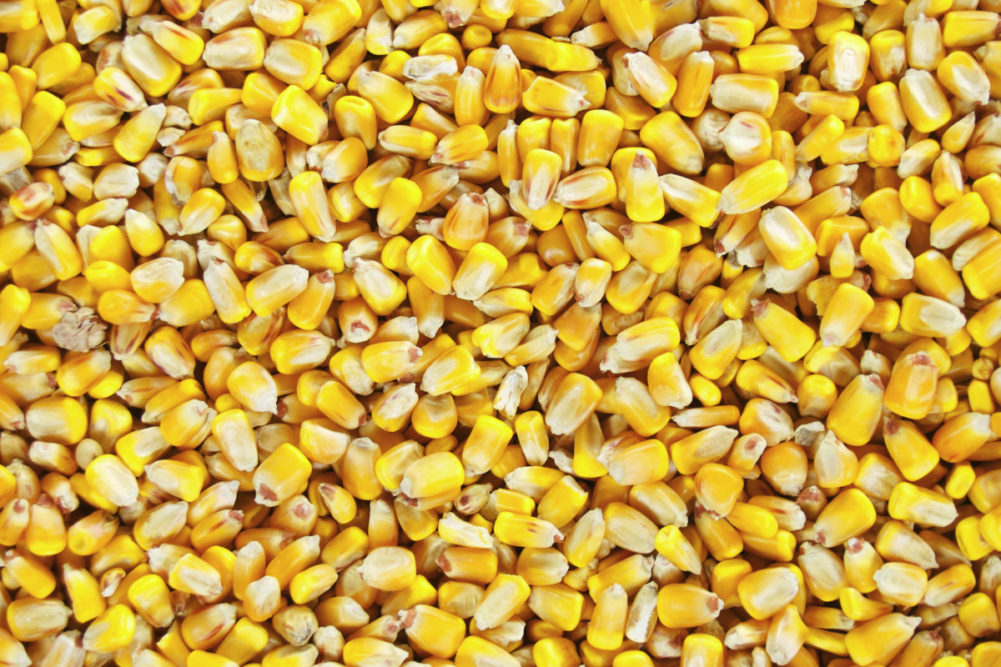WASHINGTON, D.C., U.S. — Japan’s silage corn production was damaged in July 2019 by a Fall Armyworm outbreak, so the country set up a program to support storage costs for imported feed corn, according to a Jan. 22 Global Agricultural Information Network report from the U.S. Department of Agriculture (USDA).
The new program is intended to help stabilize compound feed supplies and expected to offset corn silage as compound feed.
The support program will be managed by the Agriculture and Livestock Industries Corporation (ALIC) and according to a Dec. 27, 2019, press conference the organization had received multiple applications for the coverage of storage of imported corn.
“This program is designed to compensate the storage costs for imported corn needed to supplement the shortage of silage corn, only the increased amount of imported corn from the previous year is eligible for support payment for storage costs,” the USDA said.
This new Emergency Feed Grain Reserve Program is an additional program separate another, the Feed Grain Reserve Program, the Japanese government (GOJ) operates.
“As Japan relies heavily on imported feed ingredients, GOJ operates this contingency program to maintain a feed ingredient reserve for 850,000 tonnes of corn, sorghum, wheat, barley, bran and soybean meal,” the USDA said. “The GOJ subsidizes the storage costs for the reserve that the private sector holds for this purpose.”
The USDA estimates corn accounts for 90% of the 850,000-tonne reserve and the GOJ utilizes about $16 million to sustain it.






